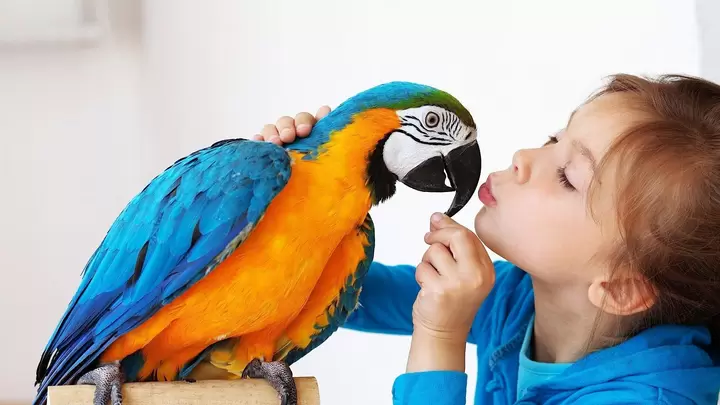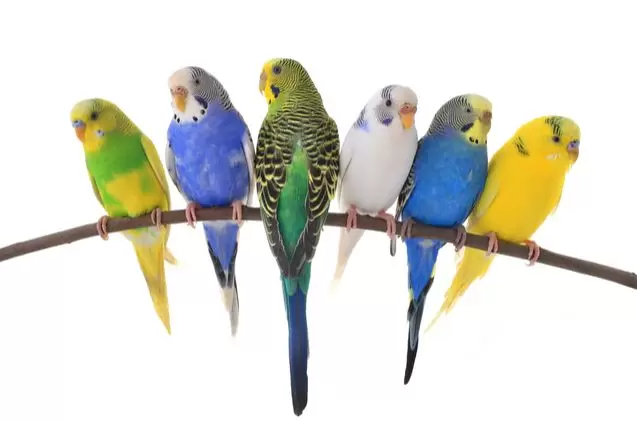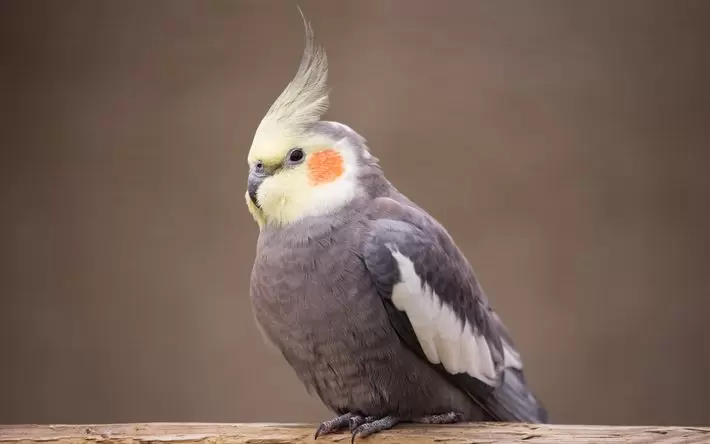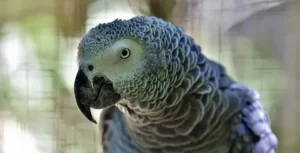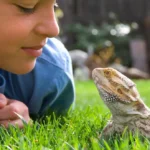This article seeks to provide readers with comprehensive information on selecting the ideal talking bird as a pet through exploring popular vocal species in more depth and sharing expert caretaking advice.
With proper research, commitment and training, many bird breeds offer tremendous companionship through their ability to mimic sounds and mimic human speech patterns. “Bird Pets that Talk”
Budgies and Parakeets: Small but Powerful Talkers
Native to Australia and commonly called budgies or parakeets, these petite birds have become incredibly popular pet species worldwide due to their attractive colors, low-maintenance needs, and talent for learning words and short sentences.
Measuring around 6-9 inches long on average, budgies live up to 14 years when cared for properly.
Budgies are highly social creatures that thrive in flock environments, bonding closely with their “flock” of human owners through affectionate interactions on a daily basis.
Their gregarious personalities make budgies excellent starter birds for child handlers. With positive, repetitious training, budgies can be taught a diverse vocabulary over many training sessions. It is not uncommon for budgies to learn upwards of 10 words or short tunes.
For optimal mental stimulation and to develop vocal training, budgie caretakers should target training sessions following cage cleanings, mealtimes and playtime periods when budgies are most attentive.
Using millet or other high value treats as rewards, owners can teach budgies to step onto hands and perches on cue. From there, owners can move onto associating words and phrases with hand signals over several weeks of consistent practice.
Having realistic expectations with budgies is important, as learning even a few words marks a success for these petite vocalists. With efforts in socialization and education from a young age, many budgies will prove themselves apt students.
Cockatiels: Sweet Natured Vocal Antics
Another popular small parrot hailing from Australia, cockatiels hold immense appeal as talkative pet birds due to their sunny dispositions.
Measuring 11-12 inches typically, cockatiels are highly social parrots that become very attached to their owners and other pet bird “flocks.” They thrive on direct human interaction, bonding closely through playful activities.
With repetition, conscientious owners can train cockatiels to mimic full sentences and hold engaging “conversations” over many years together.
Cockatiels demonstrate impressive linguistic capabilities when provided the right environment and guidance from a caring, familiar human companion. Aside from verbal skills, the natural whistles, warbles and occasional funny sayings produced by happy cockatiels endear them as entertaining feathered friends.
Much like budgies, cockatiels require spacious cages of no less than 18x18x24 inches in dimensions with multiple perches of varying widths for optimal foot and beak health.
A varied diet containing a pelleted base supplemented by fruits, vegetables and seeds along with whole grains and legumes is important for cockatiel nutrition.
Daily playtime outside the cage allows stretching of wings through safe flight and bonding exercises with their human “flock.” Cockatiel beaks and nails should be trimmed by an avian vet when needed.
African Greys: Highly Intelligent Conversationalists
Famed for their uncanny ability to mimic human speech, African grey parrots offer pet owners an unparalleled connection with their intelligent, talkative natures.
This medium sized parrot species measures 11-12 inches typically and boasts lifespans reaching 50+ years when carefully tended by dedicated, experienced caretakers.
African greys exhibit remarkable adeptness at picking up hundreds of words and phrases, learning them within context to truly communicate.
With consistent training started from an early age, these birds can recite full sentences back and forth like rudimentary conversation.
Their problem solving prowess and ability to comprehend cause and effect far surpass other pet birds as well, cementing African greys as the most intelligent parrot breed.
Vocal training with African greys begins identically to other parrot species through repetition combined with target training and millet/nut rewards.
However, the level and pace of instruction expands rapidly as greys catch onto new words within just a few repetitions. Owners teach new words multiple times per day in different contexts while reinforcing familiar ones.
Consistency, patience and many dedicated sessions spread over months mold these birds into communicative companions readily reciting phrases, melodies and more. With their zest for learning, well socialized African greys achieve linguistic capabilities surpassing even human toddlers.
Tips for Choosing and Caring for Talking Bird Pets
With so many options among bird species famous for their ability to learn words and vocalize meaningfully with humans, selecting the ideal talking bird companion requires careful research into needs, personalities and one’s lifestyle. The following factors merit close attention when deciding on a new feathered friend:
Research Each Bird Species Thoroughly
Learn diet and space requirements, average lifespans, common medical issues, temperaments, noise levels produced and more. Ensure all necessities like appropriate housing, toys and balanced nutrition can be provided long-term.
Consider Your Availability
Popular and long living species require major time commitments, especially during mornings and evenings. Training occurs daily for at least 30 minutes. Can you reliably dedicate this?
Establish an Avian Veterinarian Relationship
Find an Avian Vet prepared for consults, checkups and surgeries who understands each species’ welfare needs. Establish this contact pre adoption.
House Appropriately for Each Size and Species
All cages demand expansive sizes, numerous natural perches, rotating toy selection and safe perches. Schedule cleaning and enrichment.
Provide Balanced, Species Specific Nutrition
Diets keeping beaks and feet healthy support optimum physical, mental and linguistic development in pet birds. Research exact dietary needs.
Train with Positive Reinforcement Consistently
Be patient, keep lessons fun with varied millets or nuts as rewards. Never yell. Reinforce good behaviors first before teaching new skills each day to optimize the human bird relations.
Conclusion About Bird Pets that Talk
I hope this in-depth review has outfitted readers with sufficient knowledge to select the ideal talking bird companion. With exhaustive research, committed care and fulfilling socialization/training techniques perfected over quality time together, many feathered friends revel in their ability to mimic sounds and hold meaningful conversations with adoring human friends for decades.
FAQs
Q:What is the best bird for a pet that talks?
A:African grey parrot
Q:Which bird can talk like you?
A:Songbirds and parrots
Q:Can love birds talk?
A: Lovebirds are not among those species that most would consider talking birds.

